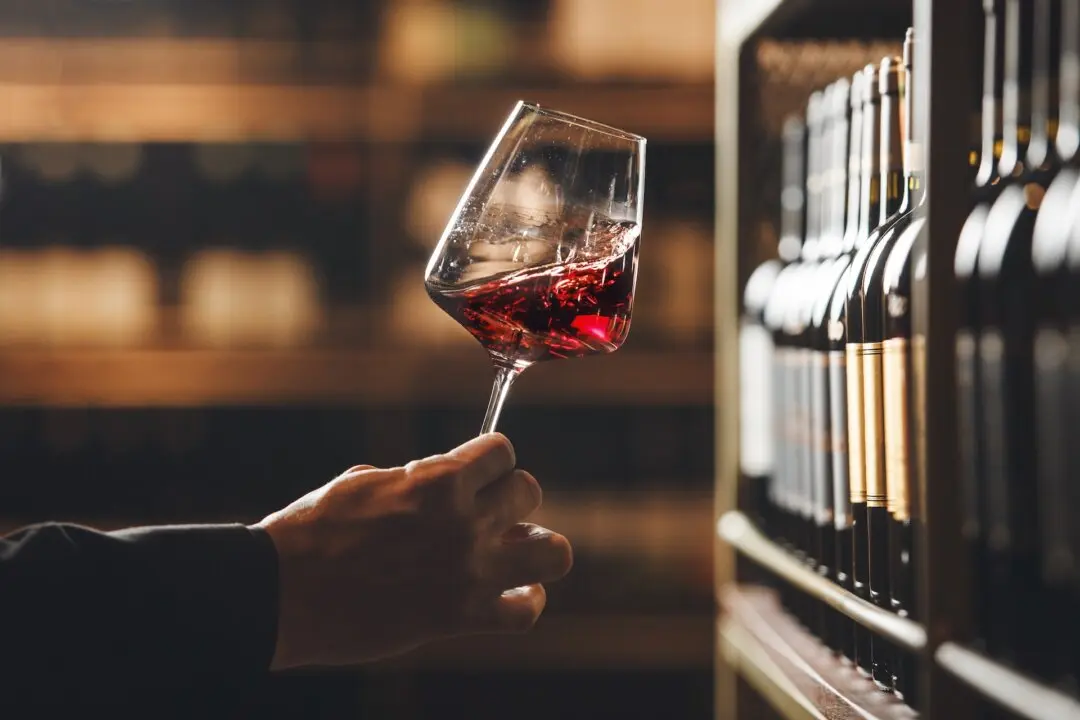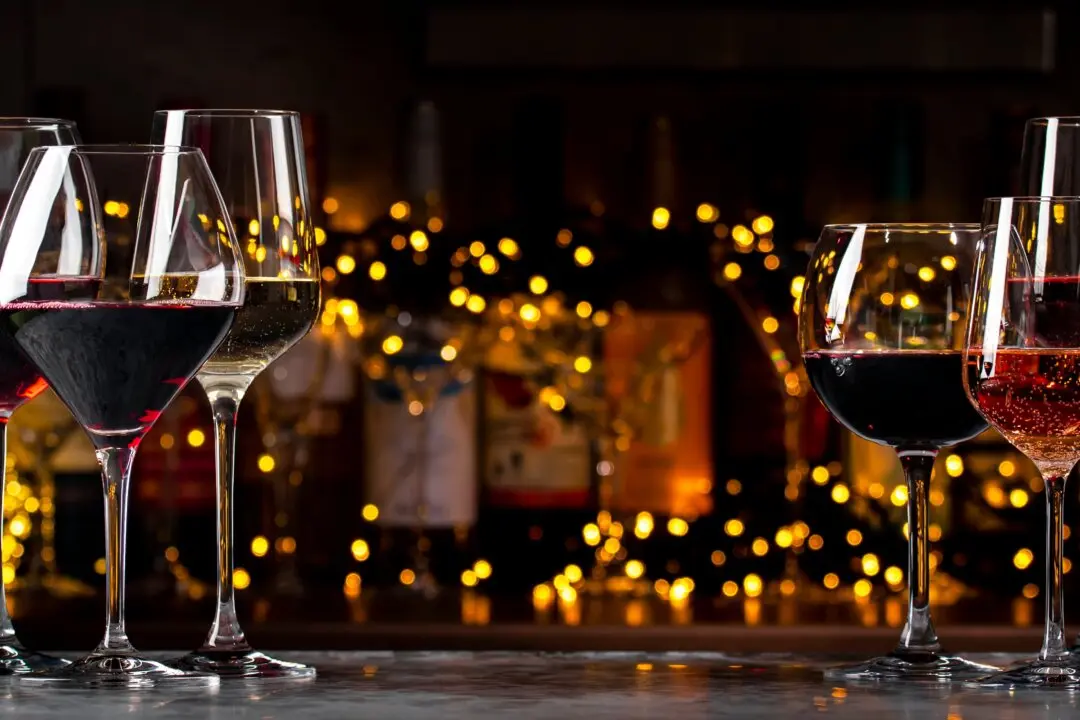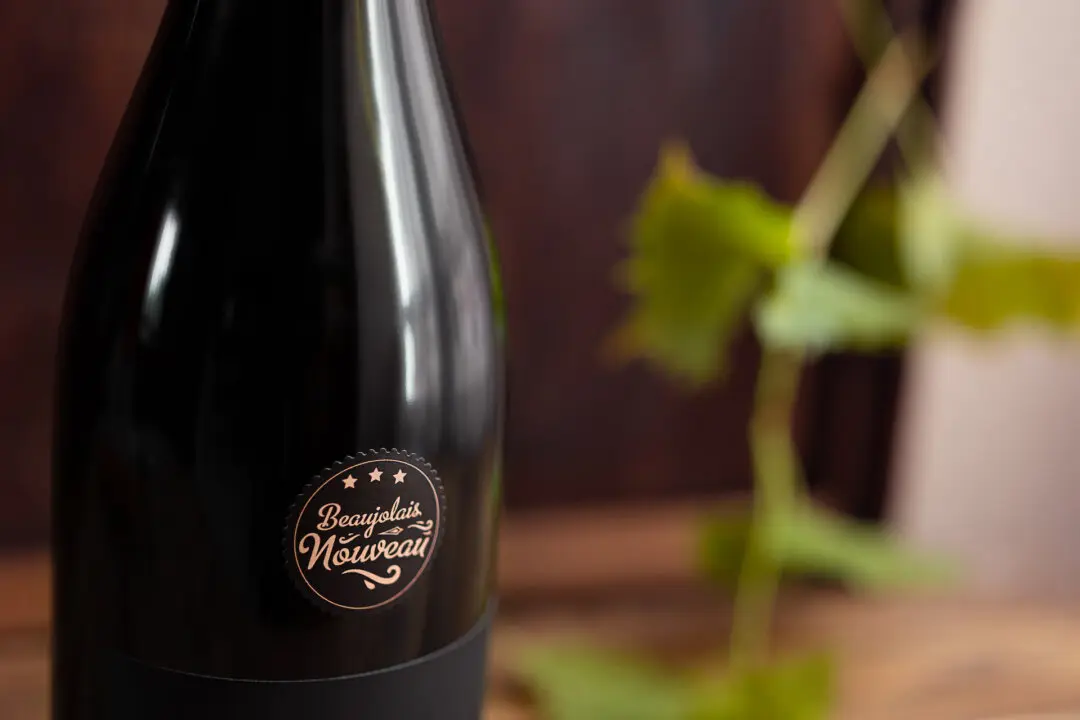Some people believe that all white and rosé wines are best consumed young, but based on that reasoning, they ignore any wines released a year ago.
Today, for example, rosé wines from 2020 are what people want. And they seem to treat 2019 rosés like dishwater—and an anything older like COVID-19. Yet not all whites and rosés collapse quickly. Indeed, some improve!





